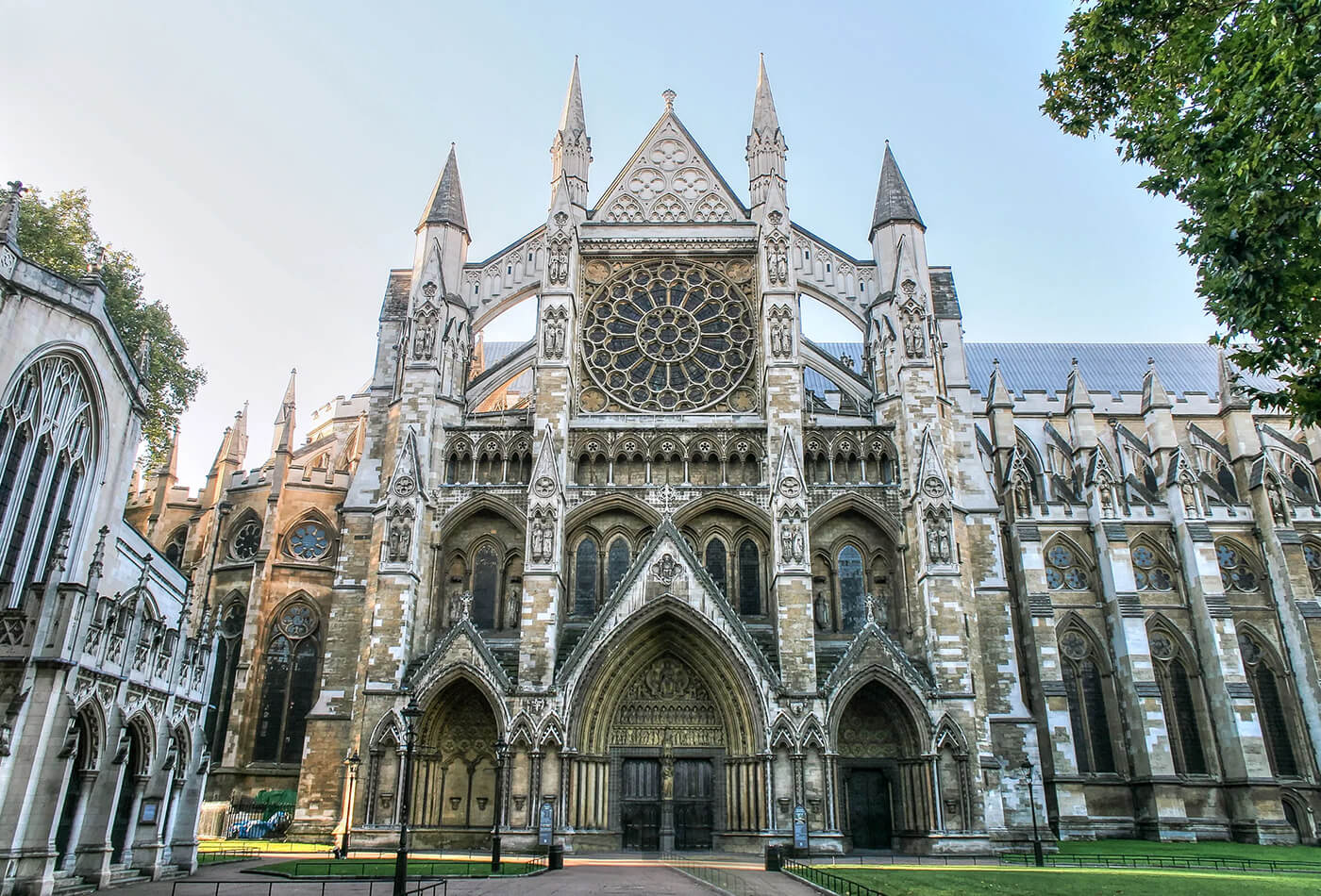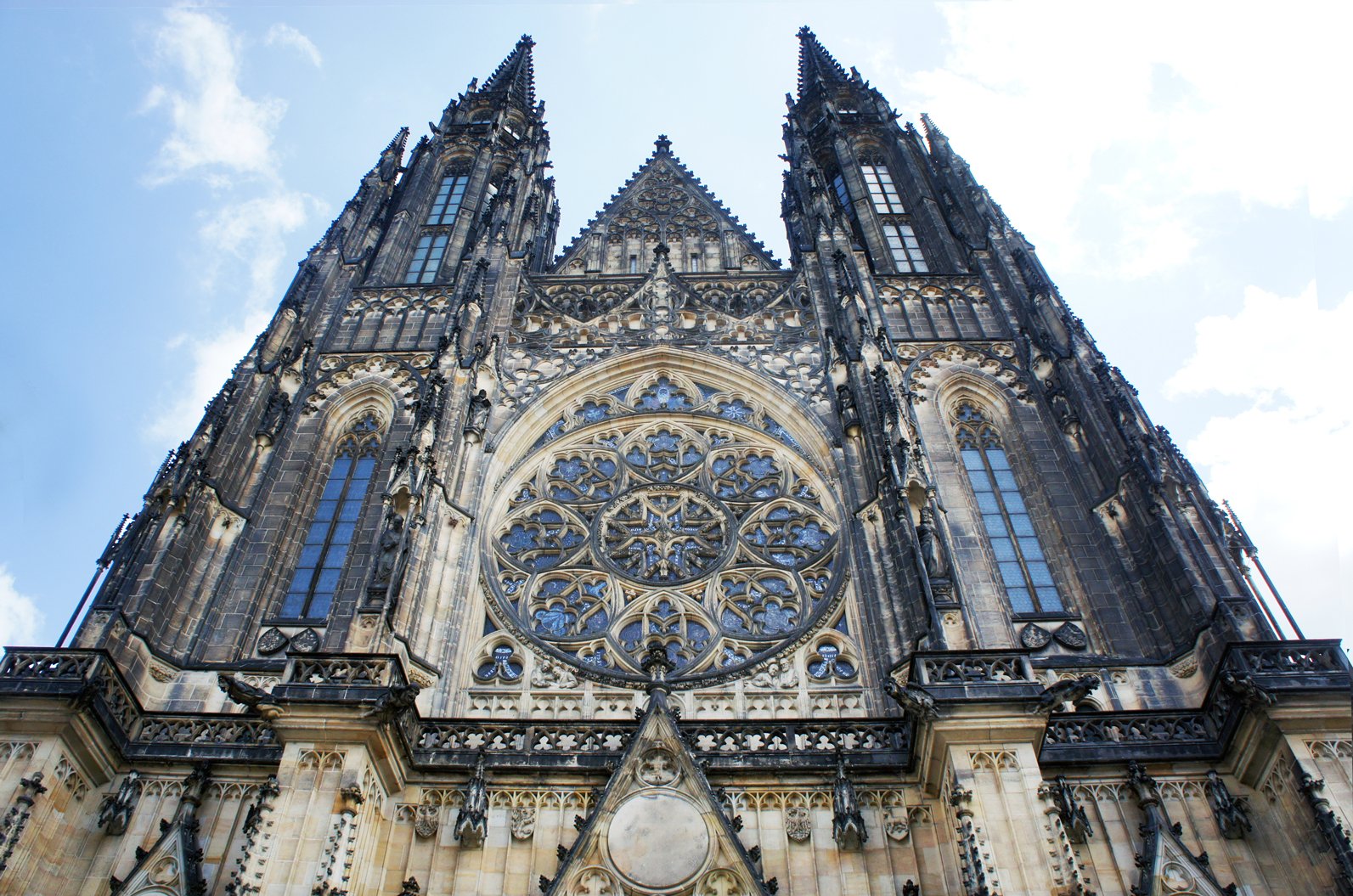Gothic architecture emerged around the mid-12th century in the Île-de-France region, particularly with the construction of the Basilica of Saint-Denis near Paris. It evolved from Romanesque architecture, introducing new structural techniques that allowed for unprecedented height and light within sacred spaces.
The term “Gothic” was initially used pejoratively during the Renaissance, implying barbarism compared to classical architecture. However, today it is celebrated for its artistic and engineering achievements.
Socio-Religious Influence

The rise of Gothic architecture coincided with the growth of the Catholic Church’s influence and the establishment of universities. Cathedrals became centers of worship, community, and learning, reflecting the medieval worldview that sought to connect heaven and earth.
Key Features of Gothic Architecture
Pointed Arches
One of the most recognizable elements of Gothic architecture is the pointed arch. Unlike the semicircular Romanesque arch, the pointed arch distributes weight more efficiently, allowing builders to construct taller and more slender structures.
Ribbed Vaults
Ribbed vaulting involves intersecting stone ribs supporting a vaulted ceiling. This technique reduced the weight of the roof and enabled complex ceiling designs, enhancing both structural stability and aesthetic appeal.
Flying Buttresses
Flying buttresses are external supports that transfer the roof’s weight away from the walls, allowing for thinner walls and larger windows. This innovation was crucial in creating the vast stained glass windows characteristic of Gothic cathedrals.
Stained Glass Windows
Gothic cathedrals are renowned for their expansive stained glass windows, which depict biblical stories, saints, and symbolic motifs. These windows filled interiors with colorful light, creating a spiritual atmosphere and serving as visual scripture for an illiterate populace.
Ornate Facades and Sculptures
The facades of Gothic buildings are richly decorated with sculptures, gargoyles, and intricate tracery. These elements served both decorative and didactic purposes, illustrating religious narratives and warding off evil spirits.
Notable Examples of Gothic Architecture
Notre-Dame de Paris (France)
Perhaps the most iconic Gothic cathedral, Notre-Dame de Paris, showcases all hallmark features of the style. Its twin towers, flying buttresses, and rose windows have inspired countless architects and artists.
Chartres Cathedral (France)
Known for its remarkable stained glass and remarkably preserved architecture, Chartres Cathedral is a masterpiece of Gothic design and craftsmanship.
Cologne Cathedral (Germany)
One of the largest Gothic cathedrals in Europe, Cologne Cathedral took over six centuries to complete. Its towering spires dominate the skyline and exemplify the ambition of Gothic builders.
Westminster Abbey (England)
A blend of Gothic and English architectural styles, Westminster Abbey has been the site of royal coronations and burials for centuries, symbolizing national heritage.
The Legacy and Influence of Gothic Architecture
Revival Movements
The 19th century saw a resurgence of interest in Gothic architecture through the Gothic Revival movement. Architects like Augustus Pugin and Eugène Viollet-le-Duc championed the style, influencing the design of churches, universities, and even secular buildings worldwide.
Modern Interpretations
Contemporary architects continue to draw inspiration from Gothic principles, incorporating elements like pointed arches and ribbed vaults into modern designs, blending tradition with innovation.
Cultural Impact
Gothic architecture has permeated art, literature, and popular culture, symbolizing mystery, grandeur, and the sublime. It remains a source of fascination for historians, architects, and tourists alike.
Conclusion
Gothic architecture represents a pinnacle of medieval artistry and engineering, marrying form and function to create spaces that inspire awe and devotion. Its innovations in structure and design not only transformed the built environment of the Middle Ages but also left a lasting imprint on architectural history.
Exploring Gothic architecture offers a window into the cultural, religious, and technological currents of its time, reminding us of humanity’s enduring quest to reach for the heavens through stone and light.

